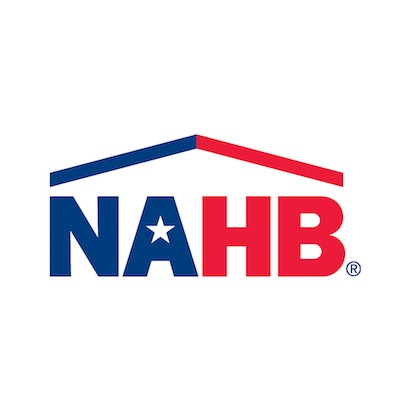Flawed, unnecessary, and costly regulations burden small home builders by raising expenses and slowing the home building process. These hurdles ultimately rob builders of time and money and pass on higher housing costs to consumers, NAHB told Congress recently.
The problem is so severe that a 2011 NAHB study found, on average, regulations imposed by governments at all levels account for 25 percent of the final price of a new single-family home. Nearly two-thirds of this regulatory burden is imposed during the land development process and increases the final price of the house by 16.4 percent. About one-third of unnecessary regulations affect construction costs after the builder purchases the finished lot and adds 8.6 percent to a new home’s price tag.
Lawmakers received an earful recently when NAHB had the opportunity to talk about the impact of regulations on small home builders at a recent hearing by the House Small Business Committee’s Subcommittee on Investigations, Oversight, and Regulations. Testifying on behalf of NAHB, Carl Harris, co-founder of Carl Harris Co., Inc., based in Wichita, Kan., told Congress that federal agencies must stop ignoring the input from small businesses when making rules that directly affect their livelihood and the way they do business. Federal agencies are circumventing the intent and the letter of a law that is meant to make the regulatory process more cost effective and less burdensome for small businesses, he said. As a result, the regulatory process continues to unnecessarily increase compliance costs and is acting as a drag on the housing and economic recovery.
Regulatory Flexibility Act
Harris was referring to agency compliance with the Regulatory Flexibility Act (RFA), which requires agencies to convene a Small Business Advocacy Review Panel to evaluate a regulation’s potential impact on small businesses before finalizing the rule-making process. Harris described the process as seriously flawed.
“Far too often, federal agencies either view compliance with the act as little more than a procedural ‘check-the-box’ exercise, or they artfully avoid compliance by other means,” he said. “Agencies should seek to partner with small entities to help create more efficient, more effective regulations and, in so doing, reduce the compliance costs for small businesses. We truly are the experts in the field.”
For example, in 2008 OSHA proposed the Cranes and Derricks Rule intended to protect workers from the hazards associated with hoisting equipment during construction. The RFA required OSHA to convene a Small Business Advocacy Review Panel to evaluate the rule’s potential impact on small businesses. However, OSHA did not establish a panel until after the rule-making process was completed. Harris, who participated on that review panel, explained to OSHA officials that the rule does not take into account the differences between crane applications for residential construction sites and for large commercial construction sites.
“I personally put forward an effective, feasible alternative that would save lives while keeping the cost of compliance low for small businesses,” he said.
However, since small businesses were not brought into the process until after the rule was finalized, Harris said his comments “fell on deaf ears. It seemed little more than a procedural hurdle with little interest from OSHA to make changes based on the feedback received.”
In his testimony, Harris provided numerous other examples such as storm water regulations, lead paint abatement rules, OSHA reporting requirements on work-related musculoskeletal disorders, critical habitat designations, and other instances where a smarter and more sensible regulatory process would benefit the housing industry, home builders, and small businesses as well as consumers.
“The pattern is often the same: Agencies either fail to comply with the [RFA] by ignoring the statutory obligation to convene a small entity review panel, or convene a panel but fail to provide the panelists sufficient information concerning the proposed rule to allow them to evaluate regulatory options or provide alternatives,” Harris added.
“Unfortunately, all too often federal agencies view compliance with the Regulatory Flexibility Act as either a technicality of the federal rule-making process or, worse yet, as unnecessary,” Harris said. “I urge Congress to seek ways to improve agency compliance with this law.”
PB Topical Ref













